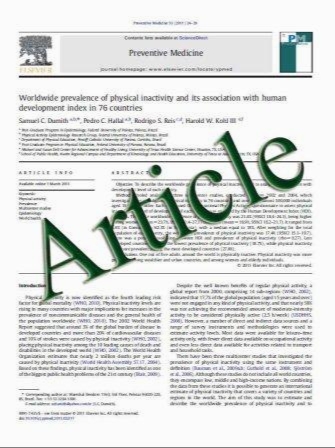Expressions of MVD, VEGF, Ki67 in Residual Prostate Cancer after Cryoablation
- نوع فایل : کتاب
- زبان : انگلیسی
- مؤلف : Yong LI Zhi GUO Yan-ping HAN Xiu-ying GUO
- چاپ و سال / کشور: 2011
Description
Cryoablation has emerged as one of many tools available for the treatment of prostate cancer (PCa)[1,2]. This procedure utilizes the destructive forces of extreme cold to destroy disease tissues. The tumor tissues surrounding the center (nearest the cryoprobe) of the cryogenic legion are rendered complete necrosis, less is known about the mechanisms of cell death and survival. This method, based on the cytotoxic effects of low temperature, is safe, efficient, inexpensive and easy to perform[3,4]. Moreover, this technique does not cause any serious side effect, and it could also be described as minimally invasive ablative method or minimally invasive surgery[5-7]. The mechanisms of this minimally invasive ablative method are different: one is that cryoablation directly induces cell death and the other is the time-dependent effects of the cryoablation induced by its dual function: an immediate physical effect and a delayed vascular effect. VEGF and MVD are the common markers of tumor angiogenesis, and closely related with the development and prognosis of tumors. Ki67 is a molecular marker of tumor proliferation, and is used to examine the changes of the tumor proliferation. Therefore, we chose these markers as targets in this study. The aim of the study was to analyze the effect of cryoablation on the mice bearing Rm-1 prostate cancer through detecting tumor angiogenesis. The study also explored the influences of cryoablation on the tumor angiogenesis and VEGF protein expression in prostate cancer. Moreover, the correlation between these proteins was investigated.
Clin Oncol Cancer Res (2011) 8: 27-32 DOI 10.1007/s11805-011-0555-y Received January 12, 2011; accepted March 10, 2011.


